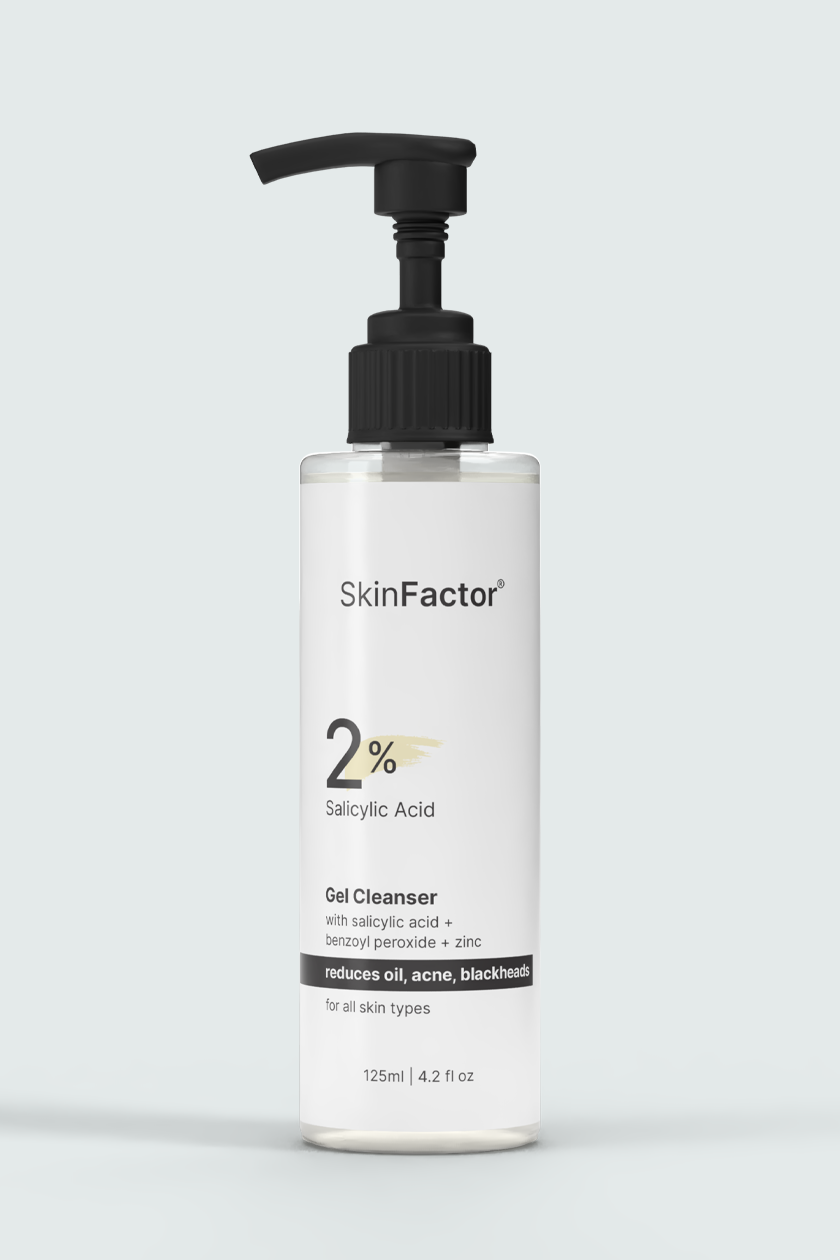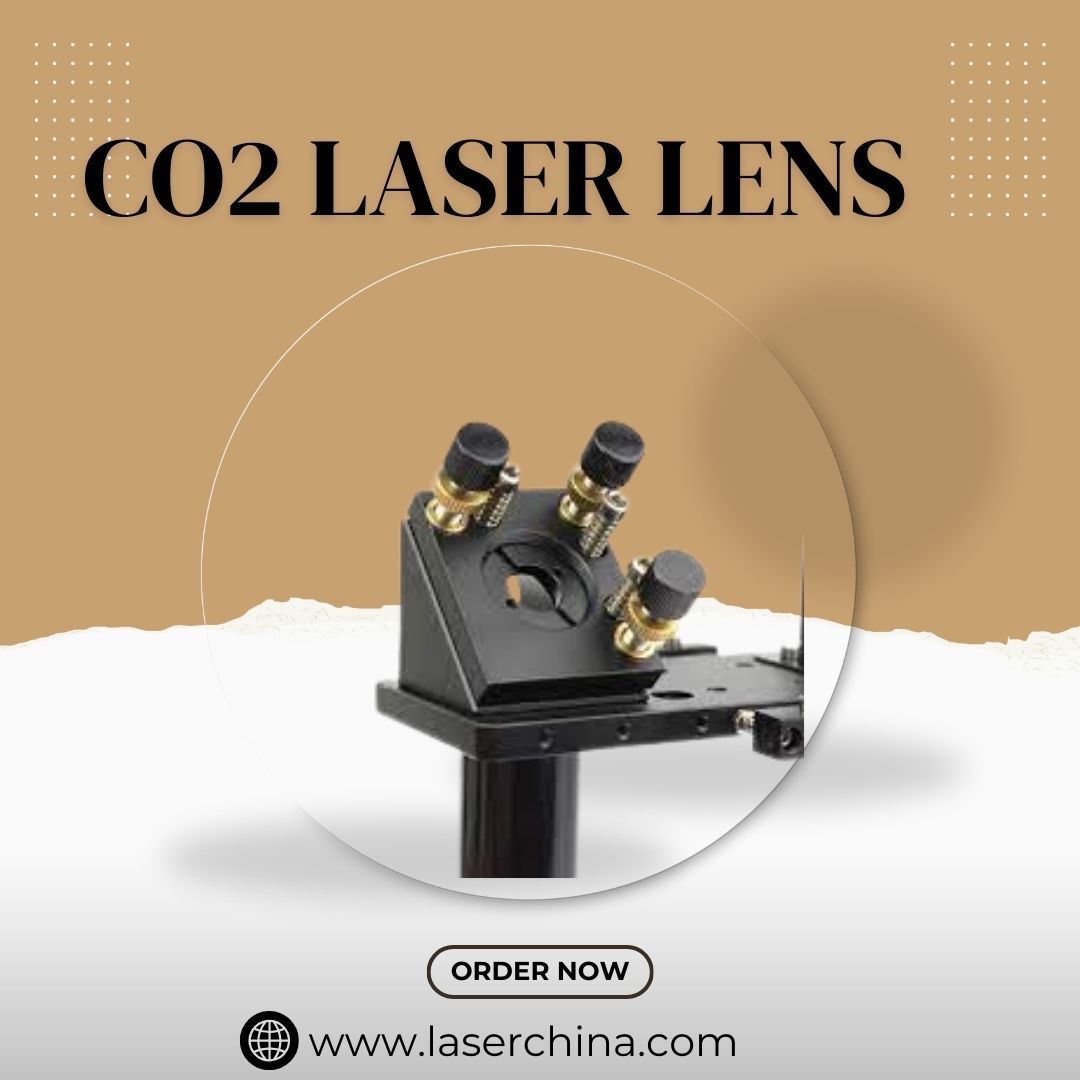When laser engraving doesn’t deliver the expected depth or clarity—even after adjusting power, speed, and frequency—most users look toward machine settings, software glitches, or material inconsistencies. But in many cases, the issue stems from a component often overlooked: the CO2 laser lens. This optical element plays a central role in how effectively the laser beam interacts with the target surface. If the engraving results are inconsistent or underwhelming, it’s time to take a closer look at the lens.
In this guide, we’ll explore how the CO2 laser lens influences engraving depth, beam quality, and operational precision. Whether you’re new to laser systems or looking to fine-tune your production results, understanding this component is critical for achieving consistent, high-quality engraving outcomes.
What Role Does a CO2 Laser Lens Actually Play?
The CO2 laser lens focuses the raw laser beam emitted by the laser tube into a fine, concentrated point. This focal point is where the beam carries maximum energy density, and it determines the quality of cutting or engraving. When the lens is properly installed, clean, and suitable for the specific application, the beam converges precisely at the right depth, producing sharp, deep engravings.
However, if the lens is misaligned, contaminated, worn out, or inappropriate for the material thickness, it disrupts the beam’s ability to focus effectively. This misfocus causes a loss in energy density at the point of impact, resulting in shallow or inconsistent engraving depth.
Beam Focal Length and Engraving Behavior
CO2 laser lenses are categorized by their focal length—the distance from the lens to the point where the beam converges. Common focal lengths include 1.5″, 2″, 2.5″, and 4″. Each has a specific impact on engraving depth:
- Shorter focal length (e.g., 1.5″) produces a smaller spot size and shallow depth of focus, ideal for detailed engraving but limited penetration.
- Longer focal length (e.g., 2.5″ or 4″) increases the depth of focus and allows deeper engraving, especially useful on thicker materials.
If you’re using a lens with the wrong focal length for your task, even the perfect machine settings won’t achieve optimal depth.
Signs Your CO2 Laser Lens Is Affecting Engraving Results
Laser operators often misdiagnose lens-related issues because they mimic problems caused by software or hardware malfunctions. Here are common indicators the CO2 laser lens may be at fault:
- Engraving depth varies across the same material
- Focus alignment seems off despite mechanical calibration
- You notice burn marks or smoke residue near the engraved area
- There’s visible distortion around the engraving edge
These issues often arise from an incorrect focal length, dirty lens surface, or beam distortion due to internal lens damage.
How Dirt and Debris Reduce Lens Efficiency
Laser engraving generates microscopic particles, vapors, and resins—especially when processing wood, acrylic, leather, or coated metals. Over time, these contaminants accumulate on the surface of the CO2 laser lens, forming a thin film that disrupts beam transmission. Even a barely noticeable layer of residue can reduce beam power significantly.
A dirty lens not only causes a drop in engraving depth but can also overheat, risking permanent damage to the lens. Regular inspection and gentle cleaning using lens-specific wipes and solutions help maintain consistent output.
Material Type and Lens Compatibility
Different materials absorb CO2 laser wavelengths (10.6 microns) at varying rates. A CO2 laser lens must not only focus the beam correctly but also match the absorption characteristics of the target material. For example:
- Acrylic and plastic materials require a clean, sharp focal point for precise edges.
- Wood and leather produce more smoke and soot, meaning the lens is more prone to contamination.
- Glass or coated surfaces reflect more laser energy, so precise beam control through a proper lens is crucial.
A mismatch between lens type and material properties may reduce engraving depth and increase the chance of inconsistent results.
Lens Coating and Its Influence
Many CO2 laser lenses are treated with an anti-reflective coating designed to maximize transmission efficiency. The coating minimizes the loss of laser power as the beam passes through the lens. Poor quality or worn-out coatings reduce this transmission, resulting in weaker beam intensity at the focal point.
Lenses with gold or dielectric coatings usually offer better heat resistance and beam control. However, using coated lenses with aggressive solvents or wiping materials during cleaning can damage the surface, rendering the lens less effective.
Alignment and Lens Holder Conditions
Even a high-quality CO2 laser lens can deliver poor results if the lens holder is misaligned or damaged. If the lens tilts even slightly, the beam won’t converge properly, leading to:
- Uneven engraving depths
- Elliptical or distorted spot shapes
- Poor edge definition on the workpiece
Check the lens holder for debris, warping, or wear that might be causing an off-angle beam. Also, ensure the lens is mounted with the correct orientation; many lenses have a convex and concave side, and improper placement alters the focus dynamics.
Thermal Expansion and Performance Degradation
When operating under high loads or for extended periods, the CO2 laser lens can heat up, especially if contaminants are present. This thermal expansion causes slight dimensional shifts, altering focal distance and causing inconsistent engraving depths.
If your engraving output varies during longer production runs, overheating might be affecting the lens. Cooling downtime between jobs or investing in thermally stable lens materials can improve consistency.
Replacing vs. Cleaning: When to Make the Call
There comes a point when cleaning a CO2 laser lens no longer restores performance. Tiny cracks, scratches, or coating degradation permanently reduce the lens’s focusing ability.
If you’re regularly noticing:
- Decreased engraving depth
- Inconsistent results despite cleaning
- Fading beam intensity or increased burn marks
…it’s time to replace the lens. Keeping a few spare lenses with different focal lengths allows you to adapt to different materials and project needs efficiently.
CO2 Laser Lens Maintenance Checklist
To ensure your CO2 laser lens consistently delivers the desired engraving depth:
- Inspect the lens daily before operation, especially after working with smoky or resinous materials.
- Use lint-free wipes and appropriate cleaning solution to remove surface contamination.
- Avoid touching the lens directly—body oils degrade coating surfaces.
- Check for cracks, chips, or discoloration that indicate permanent damage.
- Label lenses by focal length to avoid mix-ups during replacement or switching.
- Schedule periodic testing of beam alignment and focal accuracy.
A consistent maintenance routine extends lens life and ensures dependable engraving depth.
Final Thoughts
The CO2 laser lens may appear as just a small optical component, but its influence on engraving depth, clarity, and consistency is massive. A misaligned, dirty, or mismatched lens will sabotage your results no matter how optimized your settings are. When faced with underwhelming engraving depth, don’t just tweak the machine—inspect the lens. Mastering the science behind lens selection, cleaning, and maintenance is an essential part of producing high-precision results with every job.





